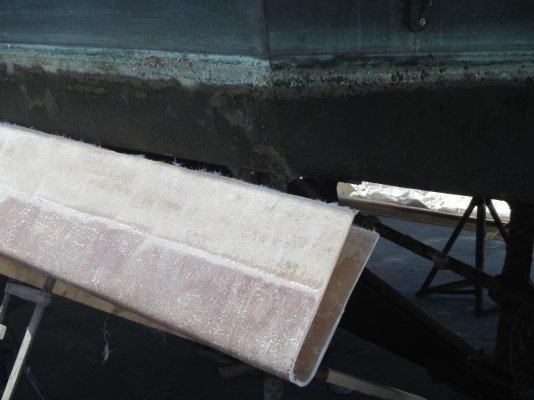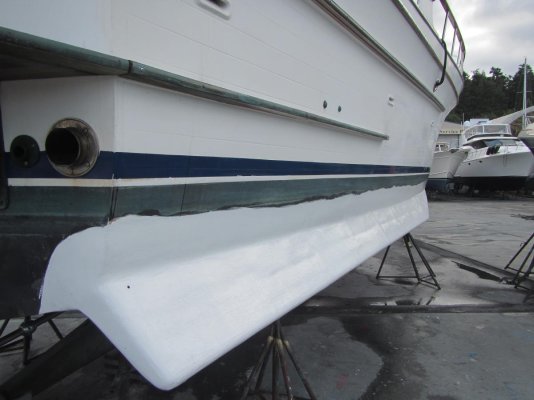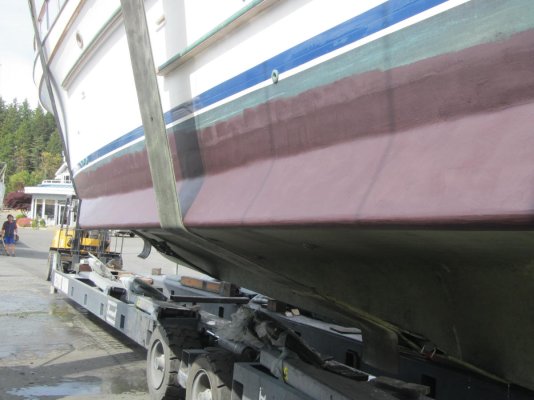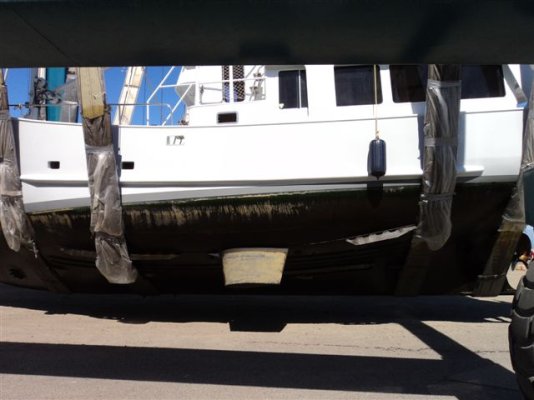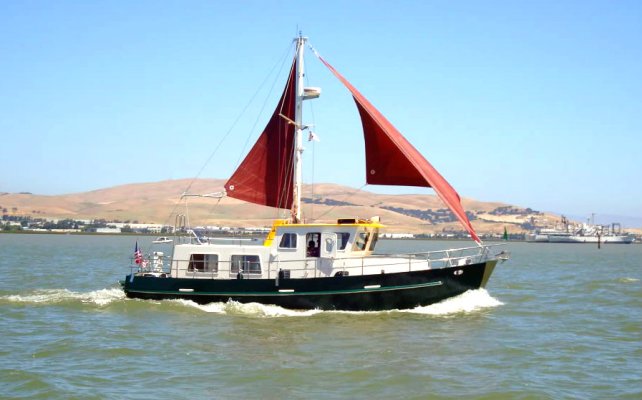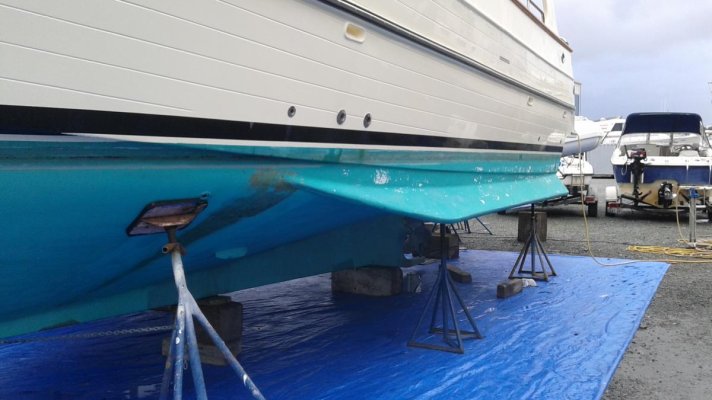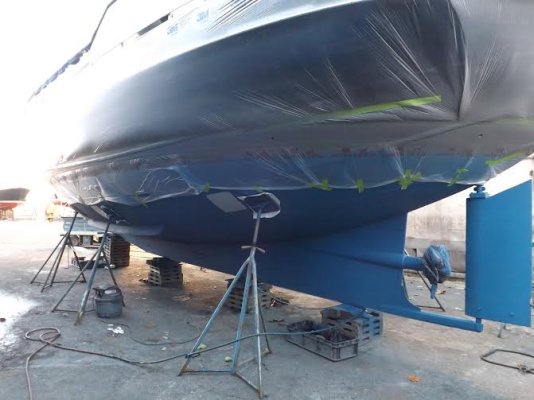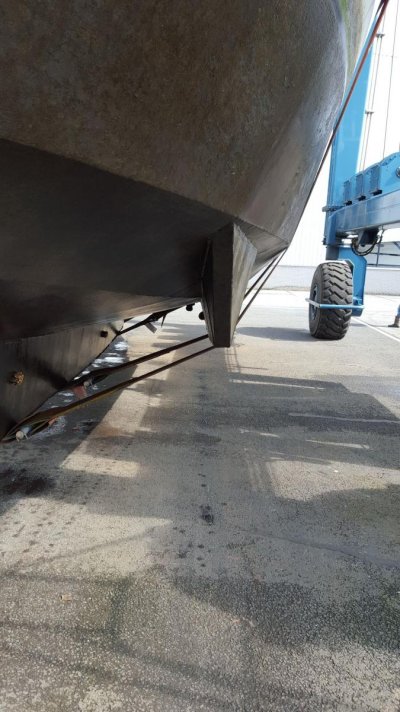bogranjac1
Senior Member
Sure - the double end is a big plus. A big rudder also helps.
My boat can roll terribly in certain conditions; it's all matter of timing. It only gets objectionable when the boat's natural roll cycle equals, or is divisible by, the swell interval. While underway, it's easy to change how often the boat encounters the swell by adjusting direction and/or speed. (or using the sails)
At anchor, I can adjust direction I"m pointed, but if conditions change during the night things can get ugly. The rolling chocks seem to have less effect at rest compared to underway. I've been looking into flopper stoppers of various type to address this, although it is more crap to deal with, and I prefer simplicity.
Auscan, you could easily just hang a single flopper stopper off the end of your boom if you wanted. This would keep things simple and easy. I often have just deployed one of my pair and found a pleasant improvement.
I'm sure double enders would handle a following sea better than a transom boat. I enjoy a following sea and love surfing down the face of the rollers - I hit 10 knots once !!
But then you know the saying ' gentleman only sail down wind' . lol
Regards.
Last edited:

